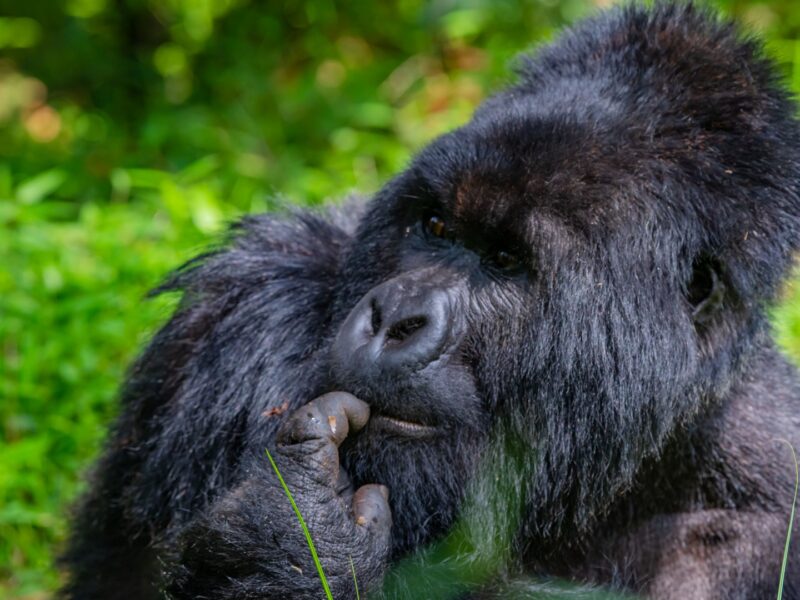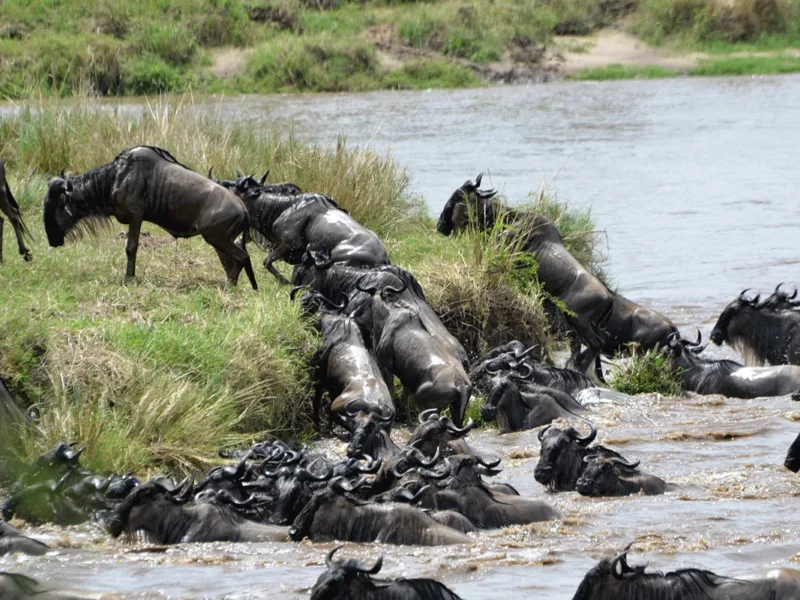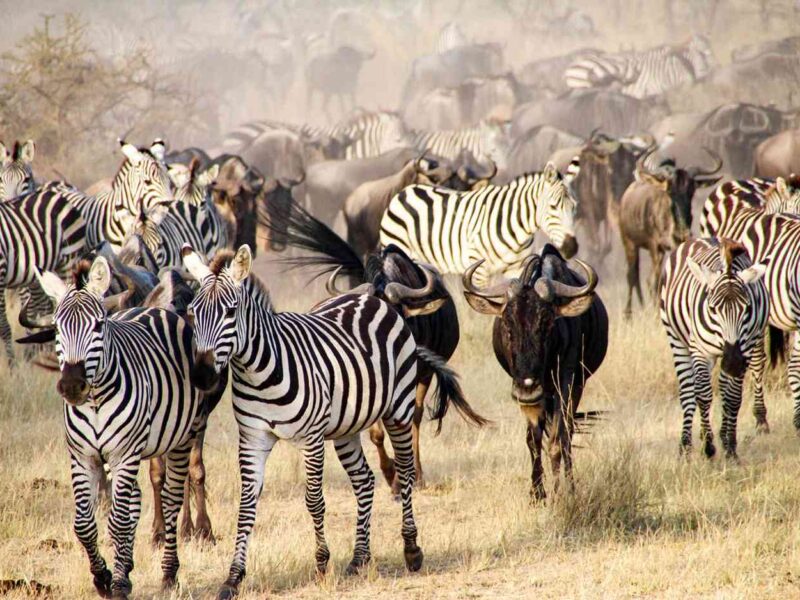
Best National Parks in Kenya for Bird Watching
September 22, 2025
Fascinating Facts About the Hamerkop
September 22, 2025
Pangolins in Uganda
Species, Threats, and Conservation Efforts
Uganda’s Safari Overview and the Importance of Pangolin Conservation
Uganda is globally recognized as the primate capital of the world, attracting travellers seeking Uganda Gorilla Trekking, Chimpanzee Tracking, and Uganda Wildlife Safaris.
Beyond gorillas and chimpanzees, Uganda is also home to unique and highly endangered species like the pangolin.
Known as the most trafficked mammals on Earth, pangolins face immense threats yet remain an integral part of Uganda’s wildlife diversity.
For visitors planning a Uganda Gorilla Safari or considering a combined wildlife and cultural journey through East Africa, learning about pangolins adds a deeper layer of appreciation for Uganda’s conservation story.
When asking, When to Go for a Uganda Gorilla Safari? or Where to Stay on a Kenya Birding Safari?
Travellers should also consider the broader spectrum of wildlife protection, including the plight of pangolins.
Understanding how pangolins are safeguarded complements the safari experience while supporting community-based conservation.
Ngeye Tours and Travel emphasizes that an informed traveller becomes a responsible traveller, and pangolins deserve a central place in conversations around sustainable tourism in Africa.
Species Diversity of Pangolins in Uganda
Uganda provides a natural home to four of the eight pangolin species found across the globe.
These include the white bellied pangolin, also called the tree climbing pangolin, the black bellied pangolin, the giant pangolin, and the ground pangolin, often referred to as Temminck’s pangolin.
Each of these species contributes uniquely to the balance of Uganda’s ecosystems by controlling insect populations and maintaining ecological stability.
When travellers embark on Uganda Gorilla Safaris or combine primate trekking with cultural tours, they rarely realize that pangolins inhabit the same forests.
Visitors often ask, Where Can I See Shoebill Stork in Uganda? or What to Pack for a Kenya Safari? Yet pangolins rarely feature in such safari discussions.
This underrepresentation has led to limited awareness about their survival challenges.
The white bellied and black bellied pangolins prefer tree rich environments, while the ground and giant pangolins thrive in savanna landscapes.
By including pangolin conservation in Uganda Gorilla Safari itineraries, travellers gain deeper insight into the broader conservation picture beyond primates and big game.
Threats Facing Pangolins in Uganda
Pangolins in Uganda face multiple challenges that have pushed them to the brink of extinction.
Poaching remains the most immediate threat, with pangolins hunted for their meat, which some communities consider a delicacy.
Their scales are illegally sold in traditional medicine markets across Asia, fuelling international trafficking.
Habitat loss also poses a significant danger. Expanding human activity through deforestation, logging, sugar cane farming, maize plantations, oil extraction, and mining reduces pangolin habitats drastically.
While tourists often ask, When to Go for a Uganda Gorilla Safari? or Which Uganda Gorilla Safari Lodges Provide the Best Comfort?
Few are aware that the same forests trekked for gorillas are under pressure, threatening species like pangolins.
Illegal global trade has further compounded the problem, making pangolins the most trafficked mammals worldwide.
This trade undermines Uganda’s biodiversity and weakens the appeal of Uganda Gorilla Safaris, which rely heavily on intact ecosystems.
Therefore, protecting pangolins supports the sustainability of Uganda’s broader safari industry.
Conservation Efforts and Community Engagement
Uganda has adopted a range of conservation strategies to secure the future of pangolins.
Habitat protection remains a priority, with organizations purchasing land to safeguard pangolin rich ecosystems and encouraging community involvement in management.
Community engagement provides education about pangolin distribution and fosters local support for anti-poaching efforts.
This mirrors the approach used in Uganda Gorilla Trekking, where communities surrounding Bwindi Impenetrable Forest and Mgahinga Gorilla National Park benefit directly from tourism revenues.
Travelers who choose Uganda Gorilla Trekking often discover that their permit fees not only protect gorillas but also contribute to the conservation of lesser-known species such as pangolins.
Rescue and rehabilitation centres across Uganda now treat injured pangolins and prepare them for release back into the wild.
Innovative tools like AI powered cameras, scale pattern recognition, and advanced tracking methods help researchers gather vital data on pangolin populations.
Such initiatives ensure that Uganda’s safari experience goes beyond sightseeing to become a platform for education and advocacy.
Legal Measures and Partnerships for Pangolin Protection
Uganda has strengthened its wildlife protection framework to include pangolins.
The Uganda Wildlife Act imposes severe penalties for pangolin poaching, including life imprisonment and hefty fines.
These strict measures align with global conventions such as CITES, which prohibit international trade of pangolins and their body parts.
Partnerships between the Uganda Wildlife Authority, conservation NGOs, and international research institutions enhance capacity building for field rangers, ensuring effective patrols and rescue operations.
Just as Uganda Gorilla Safaris have grown successful due to partnerships with local communities and global organizations, pangolin conservation thrives on collaboration.
Tourists often ask, What to Pack for a Kenya Safari? or Where to Stay on a Kenya Birding Safari?
But they should also consider how their travel choices support wildlife friendly initiatives.
Choosing ecofriendly Uganda Gorilla Safari Lodges that support conservation ensures pangolins benefit indirectly from responsible tourism.
Partnerships not only protect pangolins but also position Uganda as a leader in wildlife preservation across Africa
Cultural Connections and Tourism Opportunities
Travelers exploring Uganda through Uganda Gorilla Trekking and other safaris also encounter diverse cultural experiences.
Around safari lodges near Bwindi Impenetrable National Park or Queen Elizabeth National Park, visitors can engage in Echuya Batwa, traditional dance performances, and local food experiences.
These cultural immersions complement Uganda Gorilla Safaris by giving tourists a holistic understanding of life in Uganda.
Similarly, pangolin conservation can be tied to cultural education, where communities share indigenous knowledge about pangolins while discouraging harmful practices.
Travelers who ask, When to Go for a Uganda Gorilla Safari? often seek to combine wildlife viewing with authentic cultural activities.
Lodges that promote cultural connections, local crafts, and community visits not only enhance the safari experience but also foster goodwill toward pangolin protection.
By linking cultural tourism with pangolin awareness, Uganda creates a stronger narrative of conservation that appeals to travellers from across the world.
Why Pangolin Conservation Strengthens Uganda Gorilla Safaris
Uganda Gorilla Trekking remains the flagship attraction drawing thousands of visitors annually.
However, sustaining this success depends on healthy ecosystems that protect all wildlife species, including pangolins.
The presence of pangolins highlights Uganda’s diverse wildlife portfolio, making safaris more appealing to travellers seeking unique experiences beyond the common Big Five.
Visitors often ask, When to Go for a Uganda Gorilla Safari? or Where to Stay on a Kenya Birding Safari?
But incorporating pangolin tracking into safari itineraries can diversify the tourism product.
Ngeye Tours and Travel advocates for combined safari packages where Uganda Gorilla Trekking, birding tours, cultural experiences, and pangolin awareness merge seamlessly.
This integrated approach positions Uganda not just as a gorilla trekking hub but as a destination for comprehensive conservation tourism.
Protecting pangolins ensures that Uganda Gorilla Safaris remain sustainable, credible, and globally respected for years to come.




